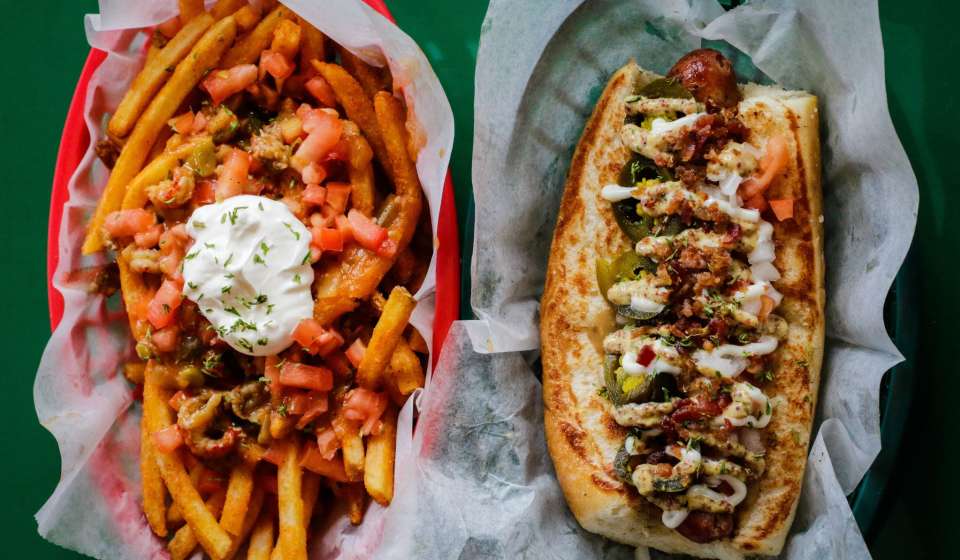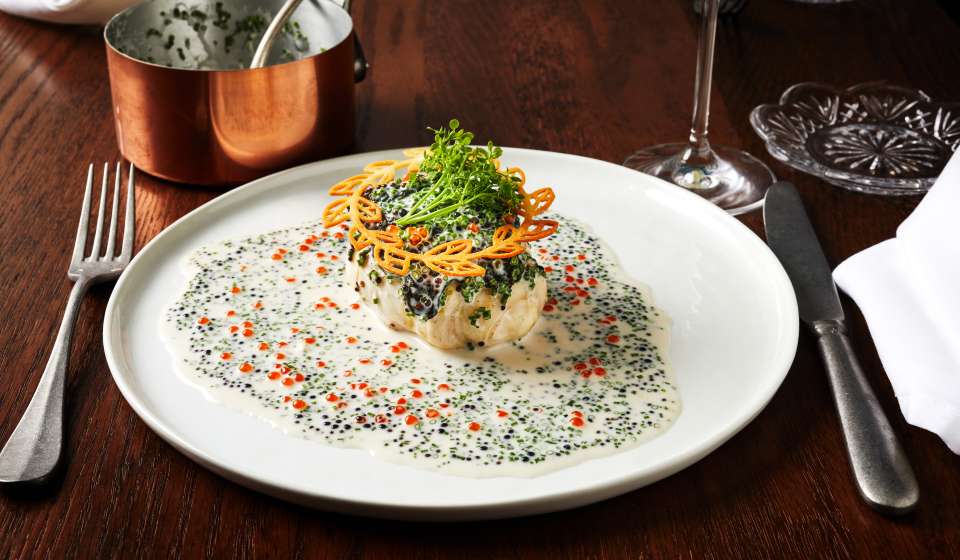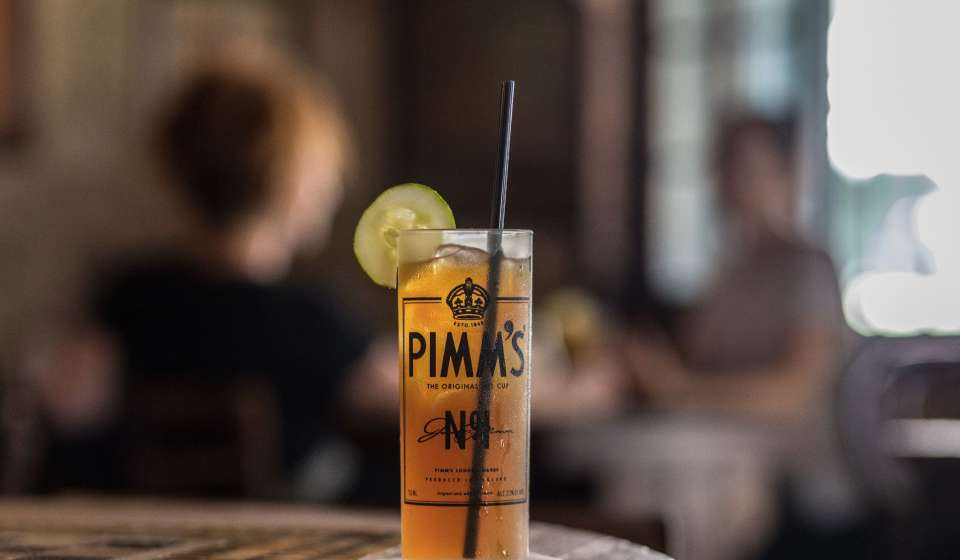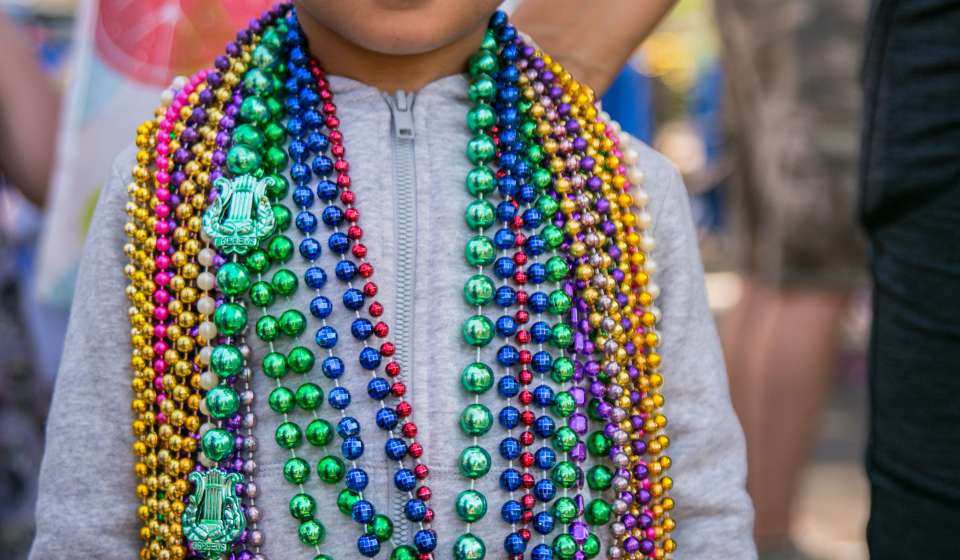
-
Wedding Tools
- Complimentary Planning Assistance
- Destination Wedding Guide Digital Copy
- Elopement Packages
- Marriage License & Legal Essentials
- Checklist
- Welcome Bag Ideas
- Second Lines
- The History of Wedding Umbrellas and More in New Orleans
- Wedding Cake Pulls
- Destination Wedding Guide Printed Copy
- Wedding Inspiration
-
Venues
-
Vendors
-
Pre & Post Wedding
- Wedding Inspiration
- Contact Us
-
Why New Orleans Is Built To Host
- Hotels
-
Meeting & Event Venues
-
Services & Planning Tools
-
Group PR & Marketing Tools
- Convention Calendar
- Testimonials
- Awards
-
Online RFP
- Availability Grid
- Contact Us
-
Things to Do
-
Eat
-
Drink
-
Stay
- Book a New Orleans Hotel
- Hotel Directory
- Bed And Breakfasts: Hotels - New Orleans & Company
-
Places To Stay: New Orleans Hotels - New Orleans & Company
- Saint Charles Avenue Hotels
- Luxury Hotels
- Garden District Hotels
- French Quarter Hotels and Lodging
- Downtown/Central Business District Hotels and Lodging
- Bourbon Street Hotels
- Green Hotels
- Bourbon Street Balcony Hotels - New Orleans & Company
- Haunted Hotels in New Orleans
- Pet-Friendly Hotels
- Historic Hotels
-
Calendar
-
Trip Planning Tools
- Insider's Blog
- LOVENOLA.TV 24/7 Broadcast
-
Weddings
-
Wedding Tools
- Complimentary Planning Assistance
- Destination Wedding Guide Digital Copy
- Elopement Packages
- Marriage License & Legal Essentials
- Checklist
- Welcome Bag Ideas
- Second Lines
- The History of Wedding Umbrellas and More in New Orleans
- Wedding Cake Pulls
- Destination Wedding Guide Printed Copy
- Wedding Inspiration
-
Venues
-
Vendors
-
Pre & Post Wedding
- Wedding Inspiration
- Contact Us
-
Wedding Tools
-
Meeting Planners
-
Why New Orleans Is Built To Host
- Hotels
-
Meeting & Event Venues
-
Services & Planning Tools
-
Group PR & Marketing Tools
- Convention Calendar
- Testimonials
- Awards
-
Online RFP
- Availability Grid
- Contact Us
-
Why New Orleans Is Built To Host
-
Groups
-
Travel Professionals
-
Membership
-
Press and Media
- Community

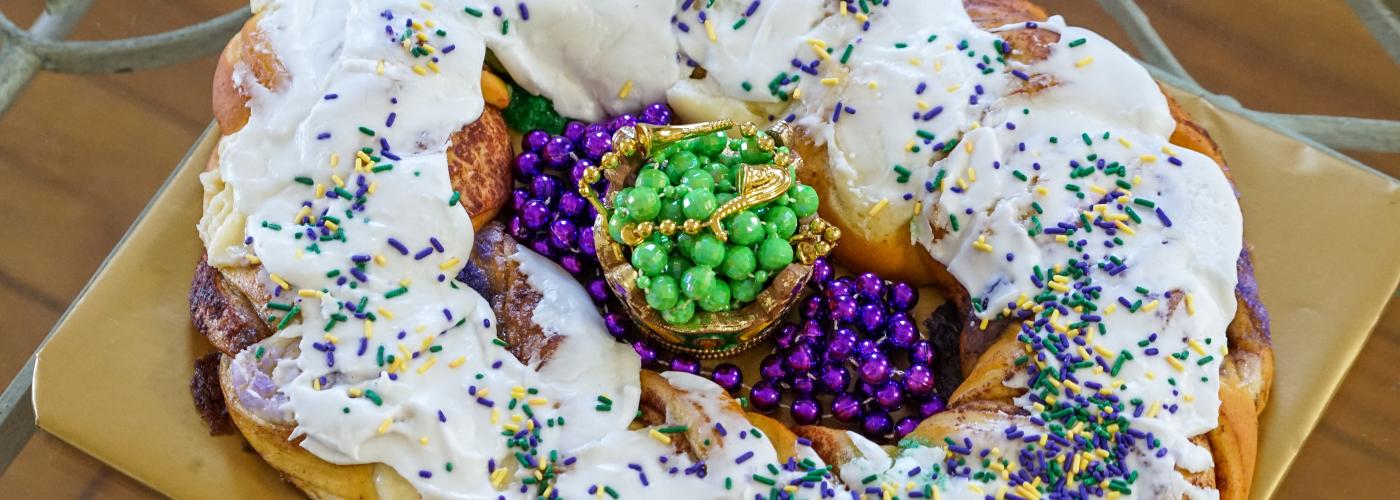
MARDI GRAS GLOSSARY
Know the lingo like a local with this guide
Mardi Gras is more than an event –it’s a culture with a vocabulary all its own. Here are some words you might hear thrown around like beads at a parade.
Boeuf Gras
The fatted bull or ox is the ancient symbol of the last meat eaten before the Lenten season of fasting and the end of Carnival. According to Mardi Gras expert Arthur Hardy, a live version was part of the Rex parade until 1909. A papier-maché version appeared in 1959 and continues as one of Carnival's most recognizable symbols.
Captain
The captain is the leader of each Carnival organization who plans the parades and events. The kings and queens are honored members of the krewe picked every year by krewe members. The captain is a volunteer who runs the show and is a true workhorse.
Carnival
The season of merriment which begins annually on Twelfth Night (Jan. 6) and ends at midnight on Fat Tuesday before Ash Wednesday.
Court
The king, queen, maids and dukes of a Carnival organization. These are selected by the krewe and change yearly.
Den
A large warehouse where floats are built and stored. Many krewes keep the theme of their parades secret and thus keep the floats hidden away in the den with limited access to people outside the krewe.
Doubloons
Aluminum coins thrown at parades with the krewe's insignia on one side and the parade theme on the other. These are collectible and wonderful keepsakes.
Flambeaux
Torches carried by people hired to light the parade. The tradition began before streetlights or lighted floats. It’s also tradition to give the flambeaux carriers change or dollar bills. Many families have participated in the flambeaux groups for generations but only recently have woman joined.
Go-Cup
Plastic or paper cup frequently used at Mardi Gras parades (it's legal to drink alcohol in the streets of New Orleans as long as the container isn't breakable). You take your drink to go and head outside to the street party.
King Cake
An oval pastry or coffee cake with a plastic baby hidden inside. The person who finds the baby buys the next cake for the group. Bakeries all try to have the best or most inventive king cake but many people prefer traditional. Try as many as you can!
Krewe
Used first by the Mistick Krewe of Comus in 1857, krewe is the generic term for all Carnival organizations in New Orleans.
Lundi Gras
French for Fat Monday, Lundi Gras is the day before Mardi Gras. It was celebrated from 1874 to 1917 with Rex’s arrival by steamboat. In 1987, the custom was revived and now Lundi Gras includes parades, concerts and Carnival activities staged by both Rex and Zulu.
Rex
One of the oldest krewes still parading. Rex rolls on Fat Tuesday. The leader is Rex, the king of Carnival, who is selected from the membership every year. This krewe started the tradition of purple, green and gold as Carnival colors.
Neutral Ground
The median (where crowds stand to view the parades) on larger New Orleans streets. People riding in parades tell their friends they are either on the sidewalk side of the float or the neutral ground side.
Sidewalk Side
If you’re not standing on the neutral ground during a parade, you’re on the sidewalk side.
Throws
Trinkets tossed from floats in response to the cry, "Throw me something, mister!" Glass beads were a tradition back in the mid 1800s and are making a return today. These are lovely enough to be worn all year long. Some krewes have signature throws and lately more useable throws are getting popular – comb and brush sets, compacts, tote bags, mirrors, sun glasses, hats, cell phone chargers (!!), wallets, water bottles, key chains and more along with the popular cups.


